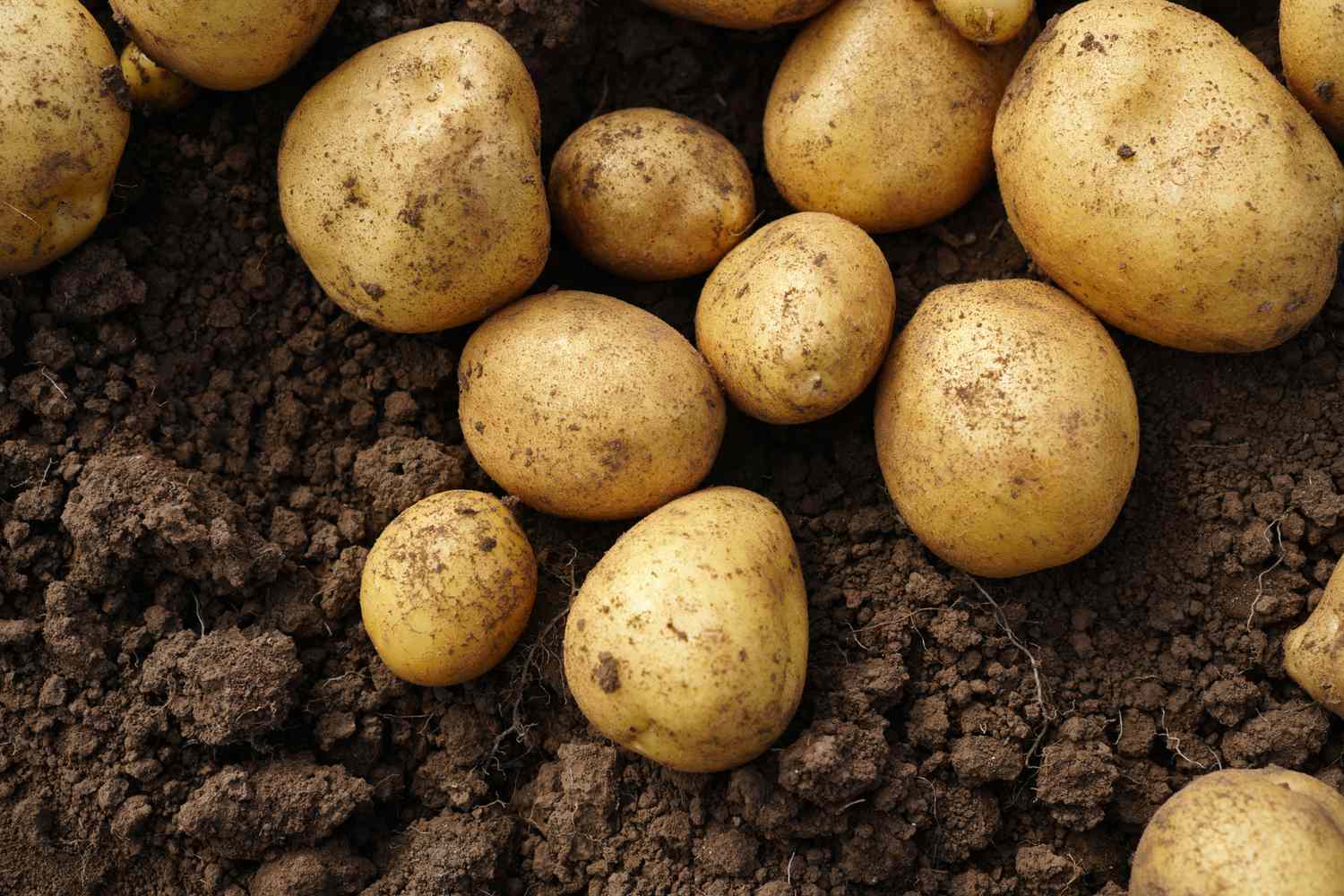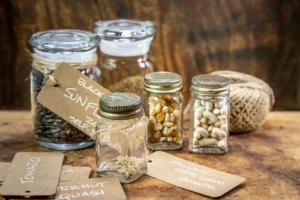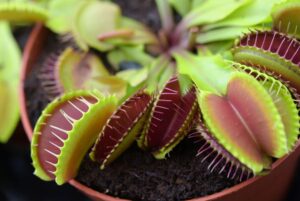Potato Companion Plants: Boost Your Harvest With Strategic Garden Partnerships
Growing potatoes can be incredibly rewarding, offering unique varieties and flavors you won’t find in grocery stores. But like any garden crop, potatoes face challenges from pests, diseases, and competition for resources. Companion planting—the strategic pairing of plants for mutual benefit—offers an ecological approach to improving your potato harvest while reducing the need for chemical interventions. This time-tested gardening method creates a more resilient and productive garden ecosystem by leveraging natural plant relationships.
Why Companion Planting Works With Potatoes
Potatoes (Solanum tuberosum) are versatile, nutritious staples that grow well in home gardens across various climates. When strategically surrounded by compatible plants, your potato patch can thrive with:
- Enhanced pest resistance: Certain companion plants repel potato beetles, aphids, and other pests through their strong scents or by attracting beneficial predatory insects.
- Improved soil health: Some plants fix nitrogen or mine minerals from deeper soil layers, making these nutrients available to potatoes.
- Maximized garden space: By pairing plants with different growth habits and root structures, you can grow more food in the same area.
- Better flavor development: Some companion relationships may enhance the taste of your harvested potatoes.
- Reduced disease pressure: Diverse plantings help break disease cycles and create a more balanced garden ecosystem.
Best Potato Companion Plants
Alliums (Onions, Garlic, Chives, Leeks)
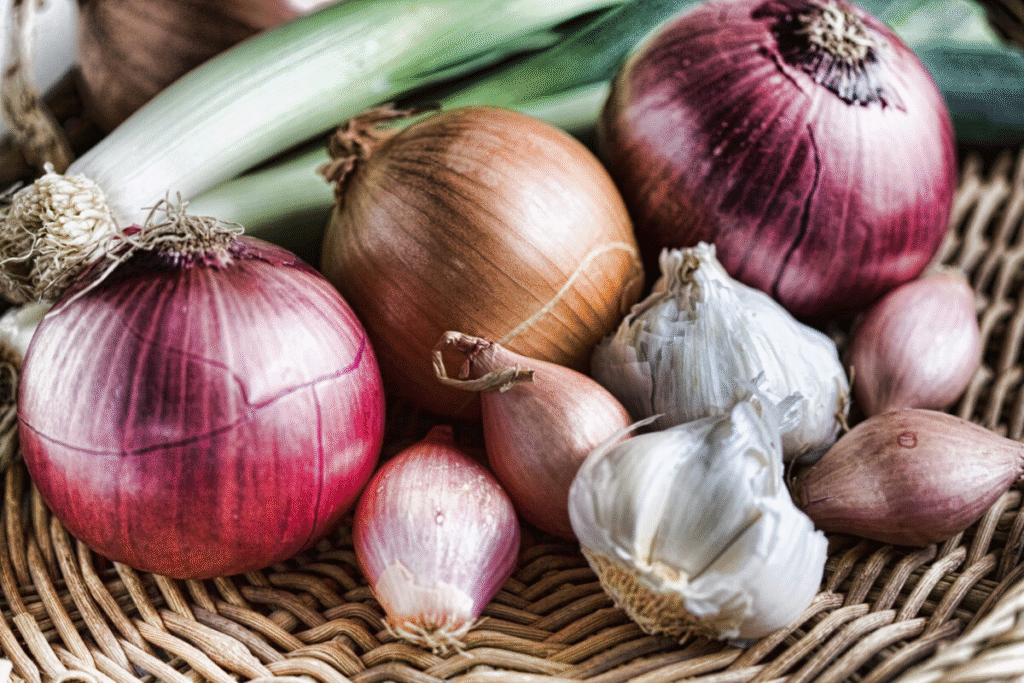
Onions and potatoes form one of the most beneficial companion relationships in the vegetable garden. These aromatic alliums offer several advantages when planted alongside potatoes:
- The strong sulfurous smell of alliums repels many potato pests, including thrips, aphids, and Colorado potato beetles.
- Potatoes and onions occupy different soil layers—potatoes develop tubers 6-8 inches deep, while onions grow in the top few inches of soil, allowing them to share garden space efficiently without competing for nutrients.
- Studies have demonstrated that intercropping onions and potatoes can effectively reduce insect damage in both crops.
- The complementary growth habits allow for efficient soil management—as onions develop, soil is often removed from the tops of bulbs, which can then be used to hill potatoes, encouraging more tuber development.
The partnership works so well that many gardeners consider onions and potatoes to be “garden best friends.” For best results, plant onion sets or transplants about 10-12 inches away from potato plants.
Herbs
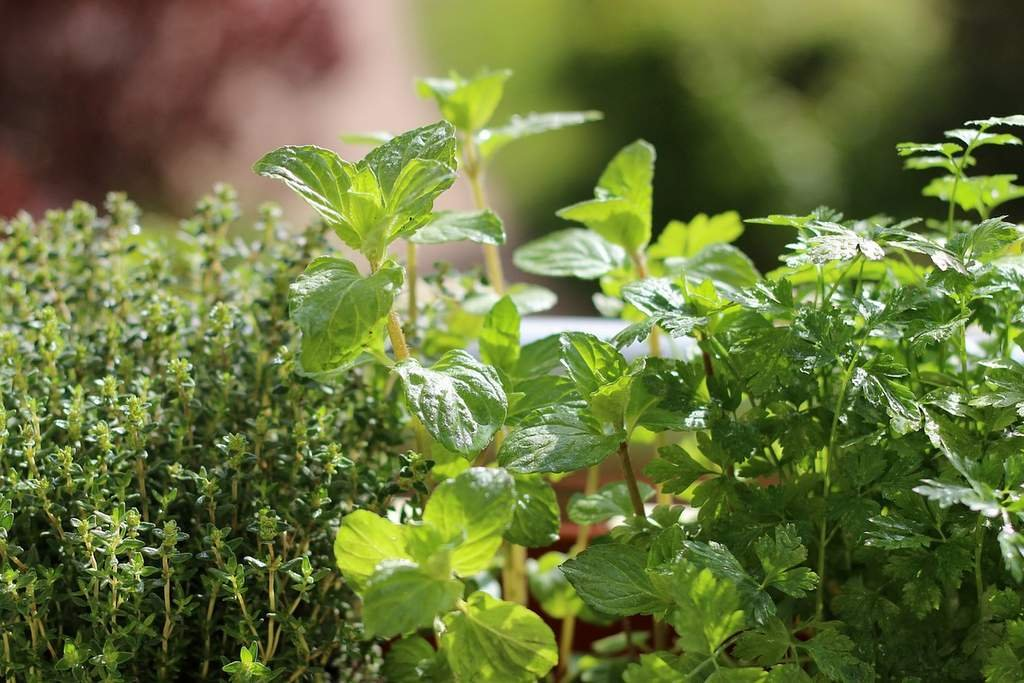
Many herbs make excellent companions for potatoes, offering pest protection while taking up minimal space:
Basil
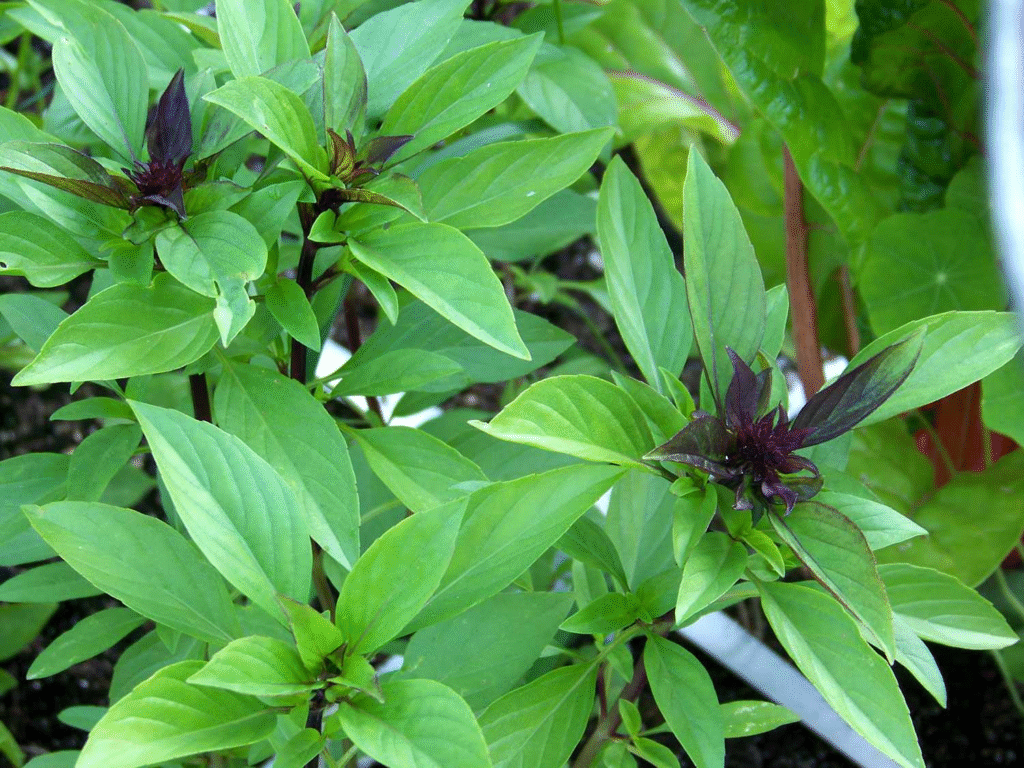
- Repels thrips and other insects that attack potato plants
- Shallow root system won’t compete with potatoes
- Can enhance flavor of potatoes when grown nearby
Cilantro (Coriander)
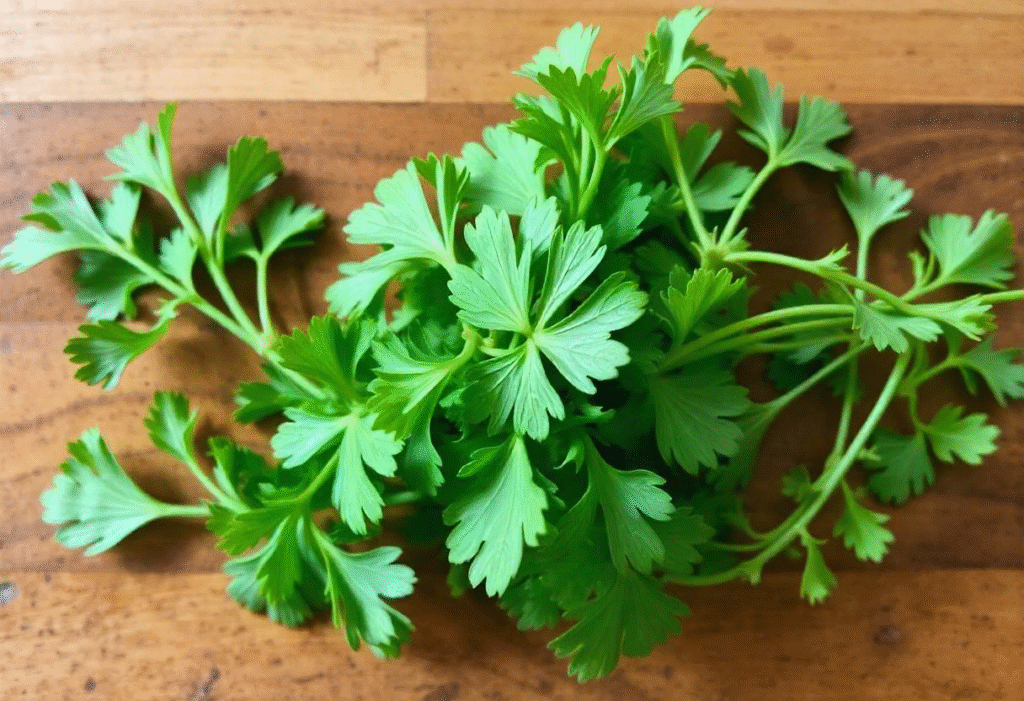
- One of the best potato companions, cilantro produces umbrella-shaped flowers that attract beneficial insects like ladybugs, hoverflies, and parasitoid wasps—natural predators of potato pests.
- Allow cilantro to flower for maximum benefit to your potato crop
Horseradish
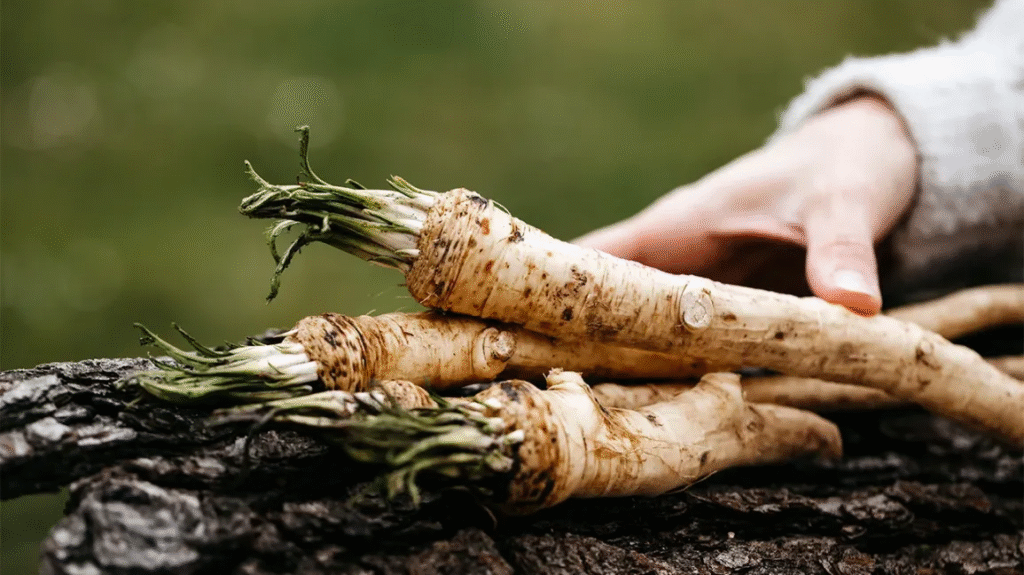
- Planting horseradish around the edges of potato growing areas can increase disease resistance in potato plants.
- Helps repel potato beetles, aphids, and some caterpillars
- Long-standing traditional companion for potatoes among experienced gardeners
Chives
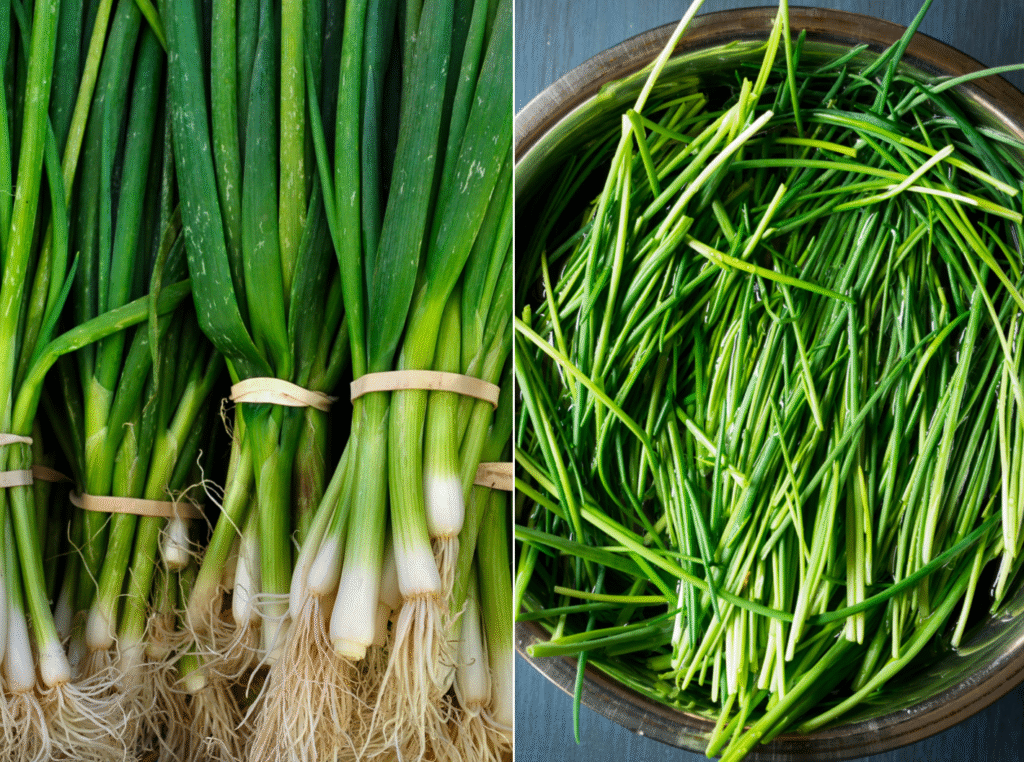
- Attracts pollinators with their purple flowers
- The strong, onion-like smell of chives deters potato pests including aphids and spider mites.
- Shallow-rooted, so they don’t compete with potatoes for soil resources
Flowering Plants

Adding flowers to your potato patch brings beauty and functionality:
Marigolds
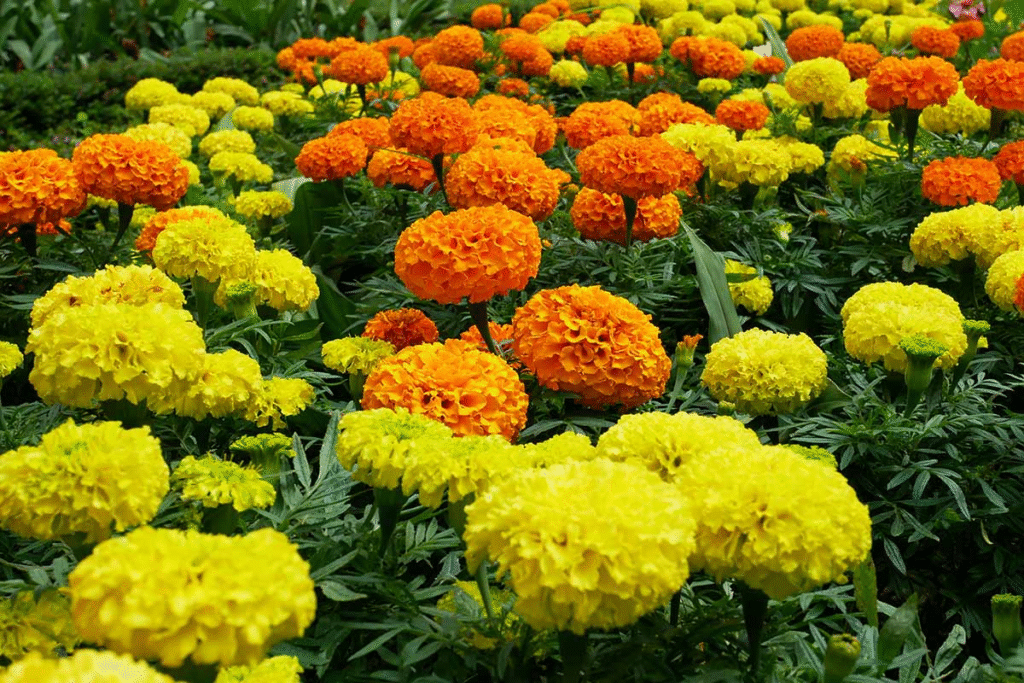
- These bright garden favorites repel a wide variety of pests including Colorado potato beetles, nematodes, whiteflies, and thrips.
- Easy to grow and provide color to the vegetable garden
- French and African marigold varieties are particularly effective for pest control
Sweet Alyssum
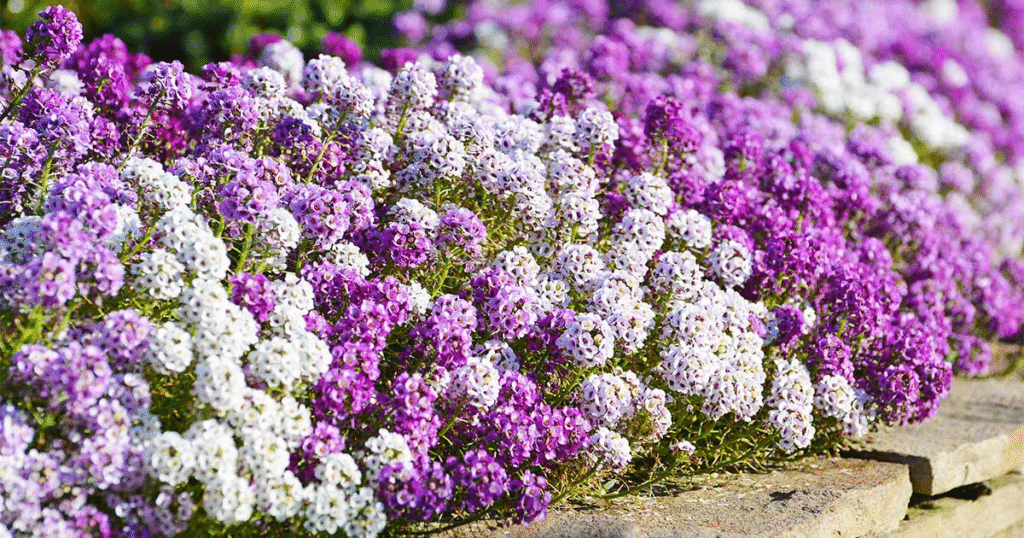
- This flower is scientifically proven to prevent aphid infestations and acts as a groundcover around potato plants.
- Attracts beneficial predatory insects that control Colorado potato beetles
- Suppresses weeds with its mound-like growth habit
- Adds a delicate, sweet fragrance to the garden
Nasturtiums
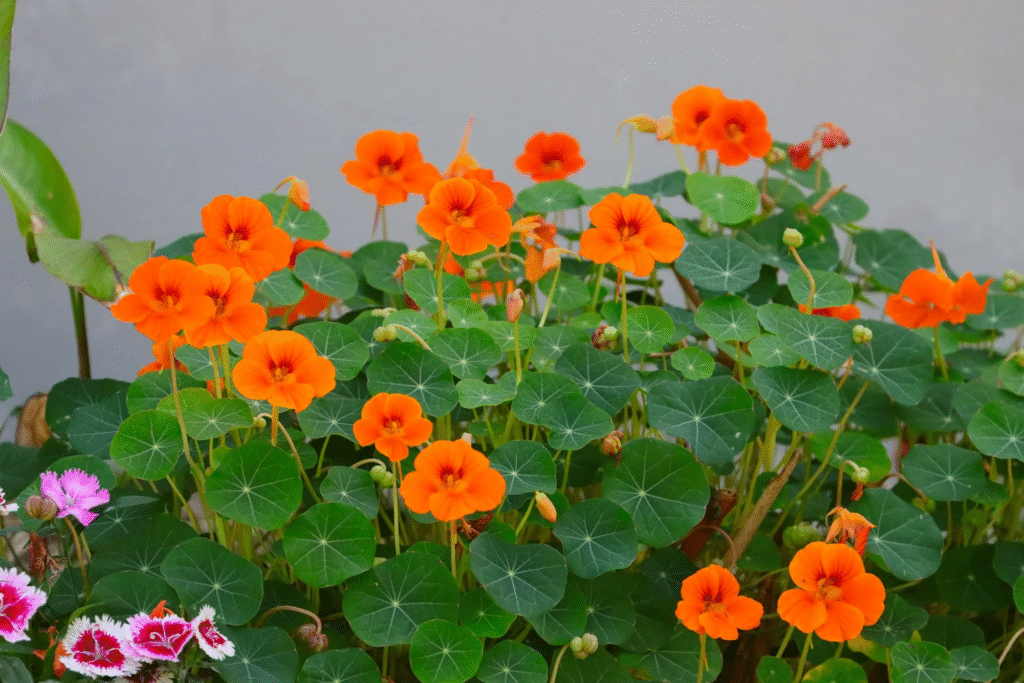
- Act as a trap crop, drawing pests away from your potato plants
- Attract many of the same pests as potatoes—namely aphids and potato beetles—creating a distraction that leaves potatoes pest-free.
- Edible flowers and leaves add a peppery flavor to salads
- Trailing varieties can serve as living mulch between potato plants
Vegetables
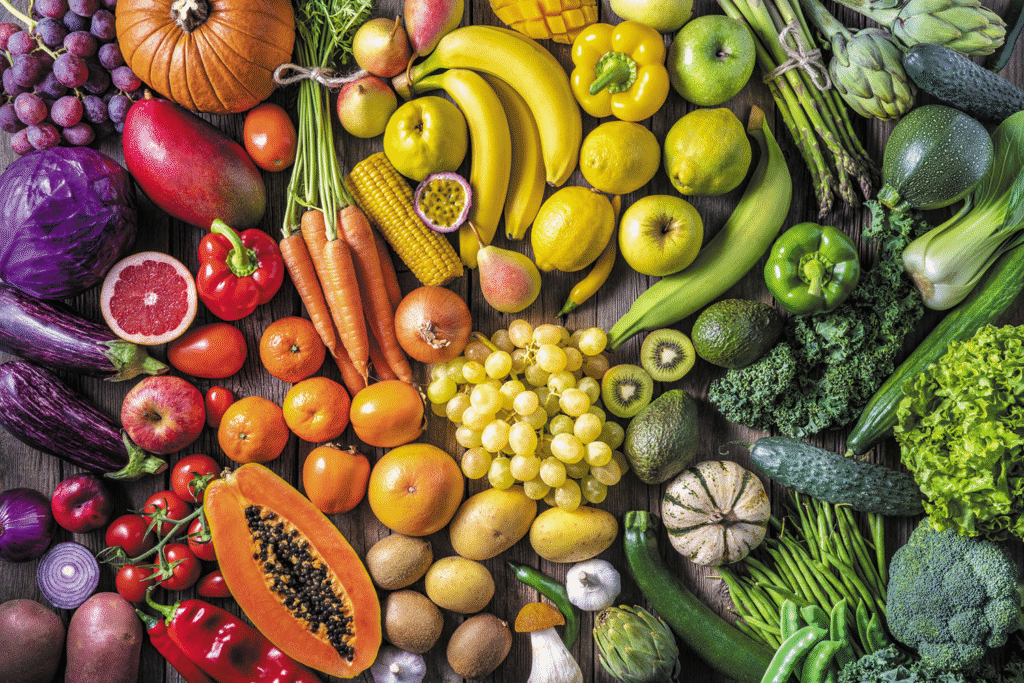
Strategic vegetable partnerships can maximize your garden’s productivity:
Beans and Peas

- As nitrogen-fixing plants, beans and peas can improve soil fertility for potatoes.
- In warm climates, bean or pea plants can provide beneficial shade that reduces moisture loss from the soil during hot weather.
- Studies have shown that intercropping beans and potatoes can increase overall yield from the same area of land.
Cabbage Family (Brassicas)
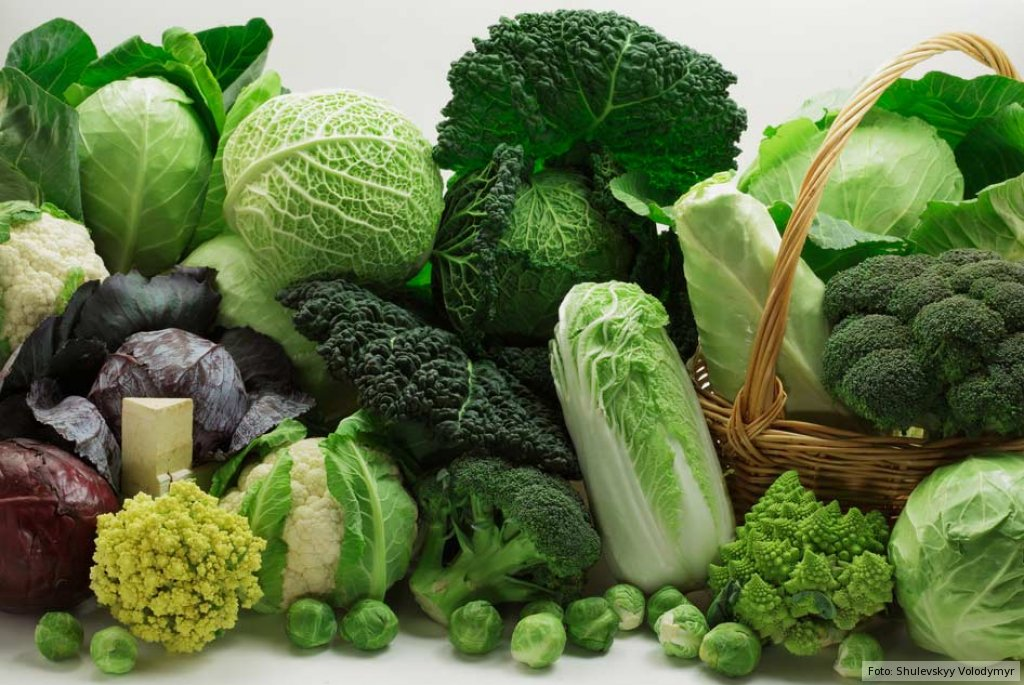
- Plants like broccoli, cabbage, and kale have shallow root systems that won’t compete with potatoes for underground space.
- This partnership maximizes garden space efficiency
- Be aware that brassicas prefer slightly more alkaline soil than potatoes, so this pairing works best with careful soil management
Corn

- Corn grows tall with shallow roots while potatoes develop underground with deeper roots—an excellent complementary growth pattern.
- In warm regions, corn planted on the southern side of potatoes provides beneficial shade during hot weather
- The different root structures help utilize soil resources efficiently
Lettuce and Spinach
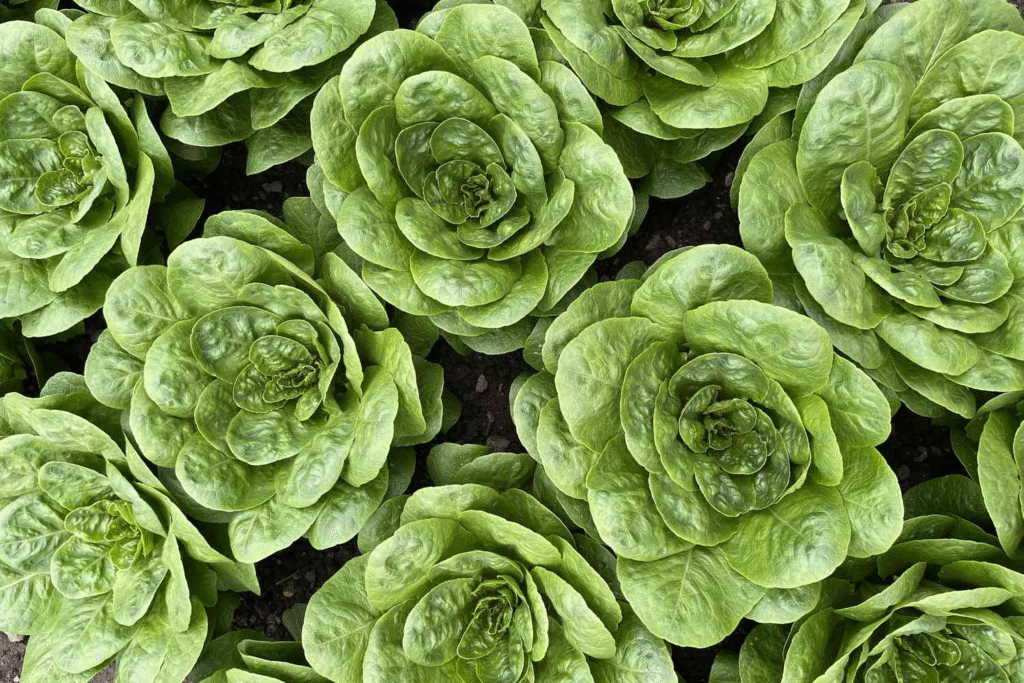
- These shallow-rooted leafy greens can be planted between potato plants to maximize garden space.
- Fast-growing crops that can be harvested before they compete with developing potatoes
- Provide ground cover that helps retain soil moisture and suppress weeds
Plants to Avoid Growing With Potatoes
Not all plants make good neighbors for potatoes. These should be kept at a distance:
Other Nightshades
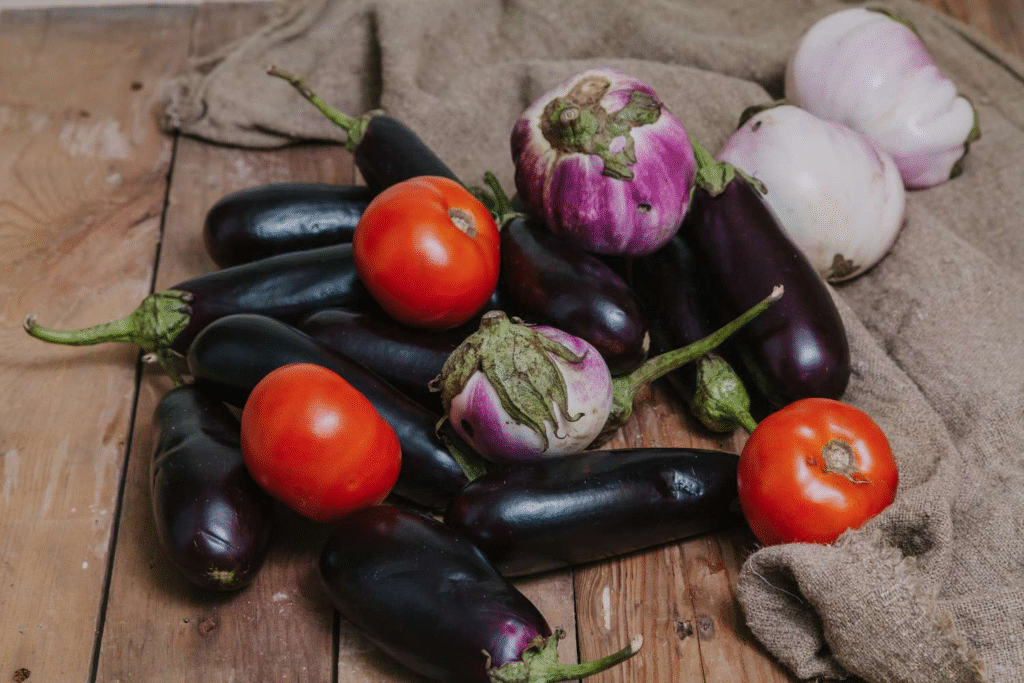
- Tomatoes, peppers, and eggplants are in the same family (Solanaceae) as potatoes
- These nightshade relatives compete for the same nutrients and can attract the same pathogens and pests.
- Growing these crops together increases disease pressure, particularly for blights that can devastate your potato harvest
Cucumbers
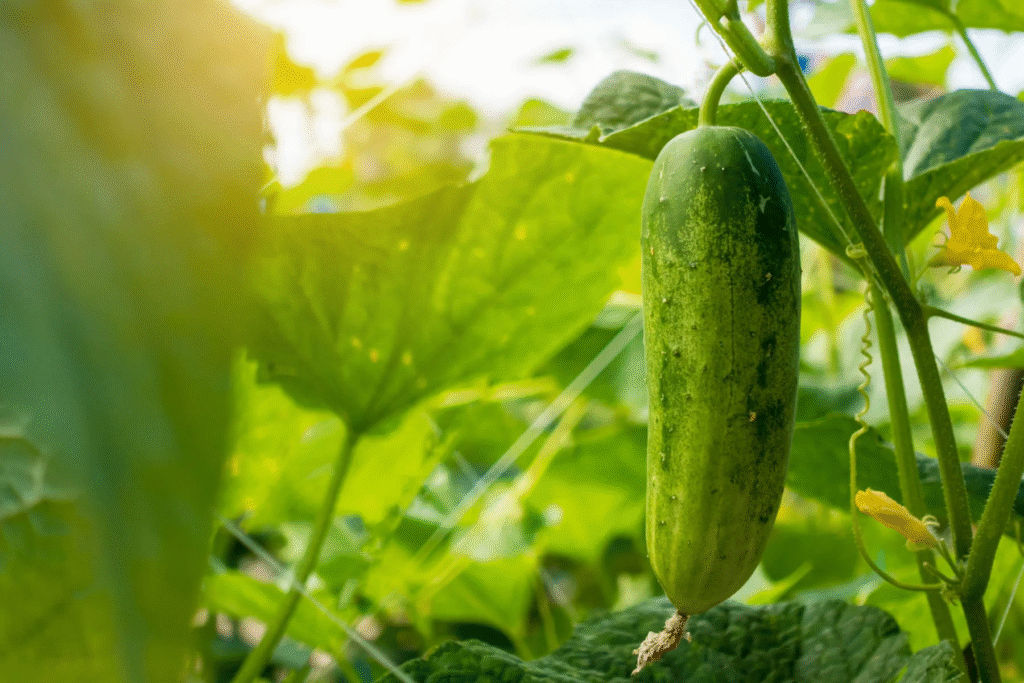
- Cucumbers compete aggressively with potatoes for water and nutrients.
- They can also increase the risk of potato blight.
- Plant cucumbers in a different garden bed, well away from potatoes
Sunflowers
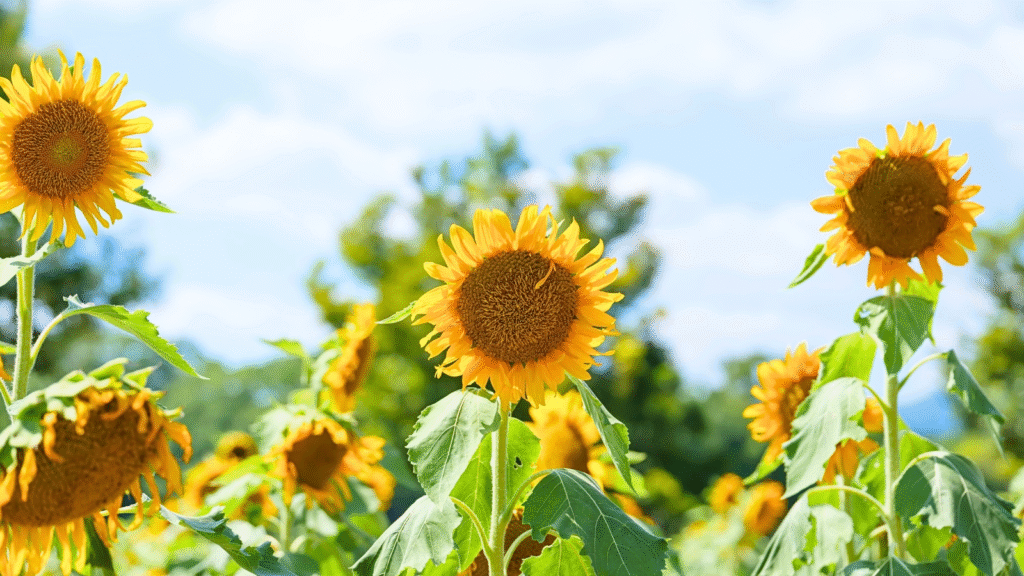
- Sunflowers produce allelopathic chemicals that can inhibit potato growth.
- The large sunflower roots compete with potatoes for water and nutrients
- Their height can also shade potatoes excessively
Fennel
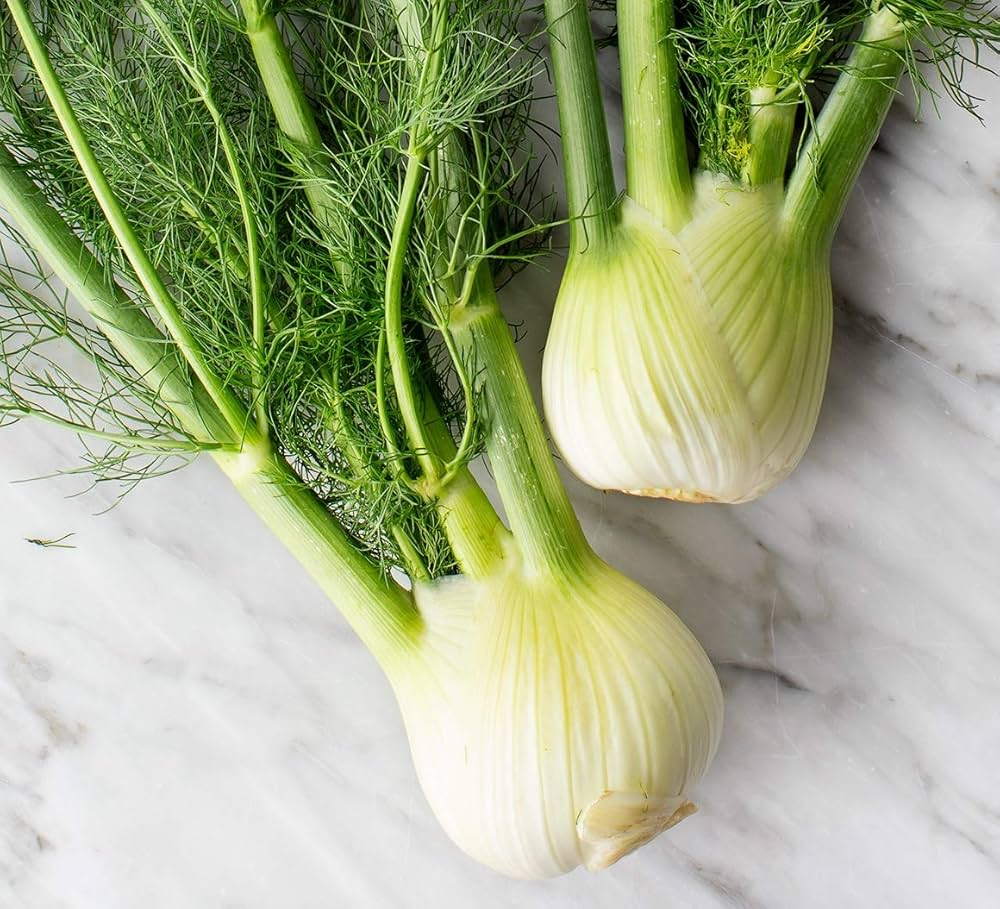
- Fennel releases chemicals that can inhibit potato growth.
- Generally considered a poor companion for most garden vegetables
- Best grown in a dedicated herb bed away from potatoes
Fruit Trees (Apple, Peach, Cherry)
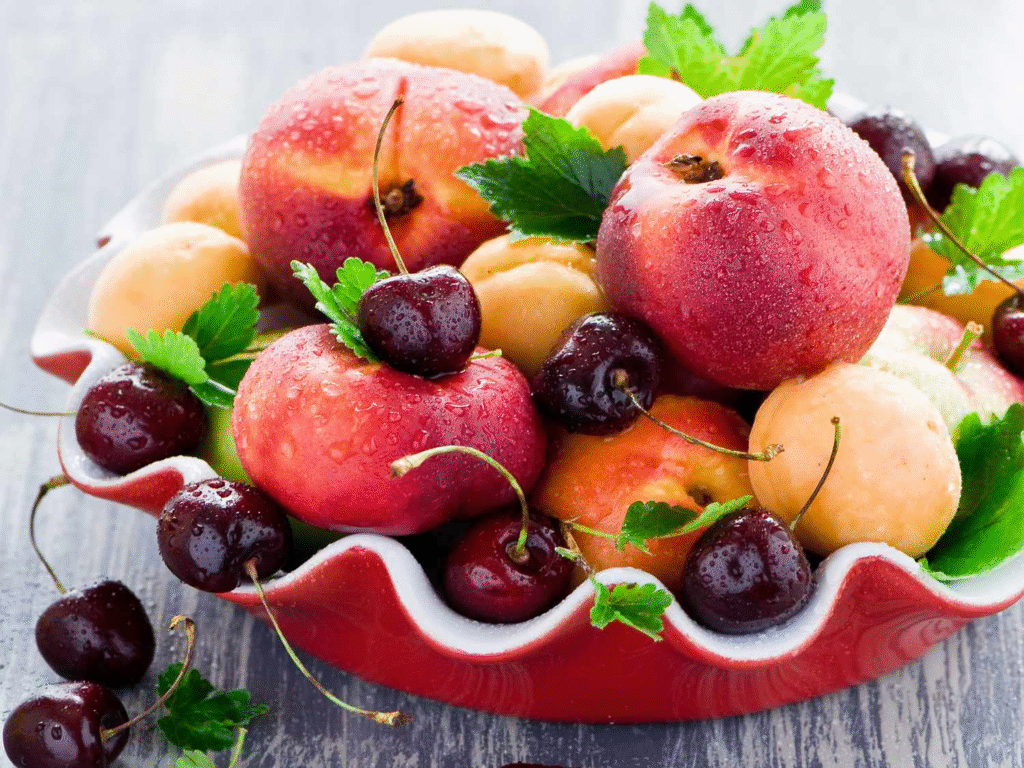
- Fruit trees can harbor blight diseases that may spread to potato plants.
- Keep potato beds away from fruit tree areas in your garden
Planting Onions and Potatoes Together: A Perfect Partnership
The onion-potato partnership deserves special attention as one of the most beneficial companion planting combinations for home gardeners. This pairing creates a symbiotic relationship that maximizes space and reduces pest problems.
Benefits of Planting Onions with Potatoes
- Complementary Root Structures:
- Potatoes develop tubers deep in the soil (6-8 inches down) while onions grow in the top inch or two.
- This means they don’t compete for the same soil resources
- Pest Management:
- Onions help ward off potato beetles, one of the most common potato pests.
- They may also deter voles and other rodents that can damage potato crops underground.
- Efficient Space Utilization:
- As onions grow, gardeners often remove soil from around the bulbs to facilitate development—this soil can then be used to hill potato plants, encouraging more tuber formation.
- The vertical growth of onion tops doesn’t shade potato plants
- Soil Health:
- The different root depths help aerate soil at various levels
- Alternating rows of these crops can reduce soil compaction
How to Plant Onions and Potatoes Together
For maximum success when growing these companions:
- Prepare the bed with plenty of organic matter—both crops appreciate rich, well-draining soil.
- Create planting rows with enough space for both crops to develop properly.
- Plant onion sets or seedlings first, placing them along the edges of the bed or in alternating rows with your planned potato locations.
- Plant prepared seed potatoes after danger of frost has passed, keeping them about 12 inches away from onion plants.
- As both crops grow, use soil from around developing onion bulbs to hill up around potato stems, encouraging more tuber production.
- Harvest onions when their tops begin to yellow and fall over, typically before potatoes are ready.
- Harvest potatoes after their foliage dies back, being careful not to damage any remaining onions.
This symbiotic relationship allows you to grow two important staple crops in the same space while reducing pest problems and maximizing soil usage.
Practical Tips for Successful Potato Companion Planting
Planning Your Potato Bed
- Create diversity: Include at least 3-5 different companion plants in your potato area
- Consider timing: Plant fast-growing companions like lettuce early to utilize space while potatoes develop
- Map your garden: Draw a planting plan that places taller companions on the north side to avoid shading
- Rotate crops: Don’t plant potatoes in the same bed year after year, even with companions
Spacing Considerations
- Space potato plants 12-15 inches apart in rows 24-36 inches apart
- Plant onions and other alliums 4-6 inches apart in rows between potatoes
- Allow at least 12 inches between potato plants and larger companions like horseradish
- Interplant low-growing herbs and flowers between potato plants as space allows
Maintenance Tips
- Watering: Most companions have similar water needs to potatoes—consistent moisture but not soggy conditions
- Fertilizing: Avoid high-nitrogen fertilizers which promote leafy growth at the expense of tuber development
- Mulching: Apply organic mulch to suppress weeds and retain soil moisture
- Monitoring: Check regularly for pests and diseases—diverse plantings reduce problems but don’t eliminate them
Conclusion
Companion planting transforms your potato patch from a monoculture into a thriving ecosystem that works with nature rather than against it. By surrounding your potatoes with beneficial neighbors, you create a more resilient garden that requires fewer interventions while producing a more abundant harvest.
The art of companion planting combines traditional wisdom with scientific understanding of plant relationships. While not every companion planting combination has been scientifically validated, generations of gardeners have observed these beneficial partnerships at work.
As you plan your potato garden this season, consider incorporating some of these companion plants—particularly onions and flowering herbs—to create a more productive, beautiful, and ecologically sound growing space. Your potatoes will thank you with a bountiful harvest, and you’ll enjoy the satisfaction of working in harmony with nature’s patterns.
